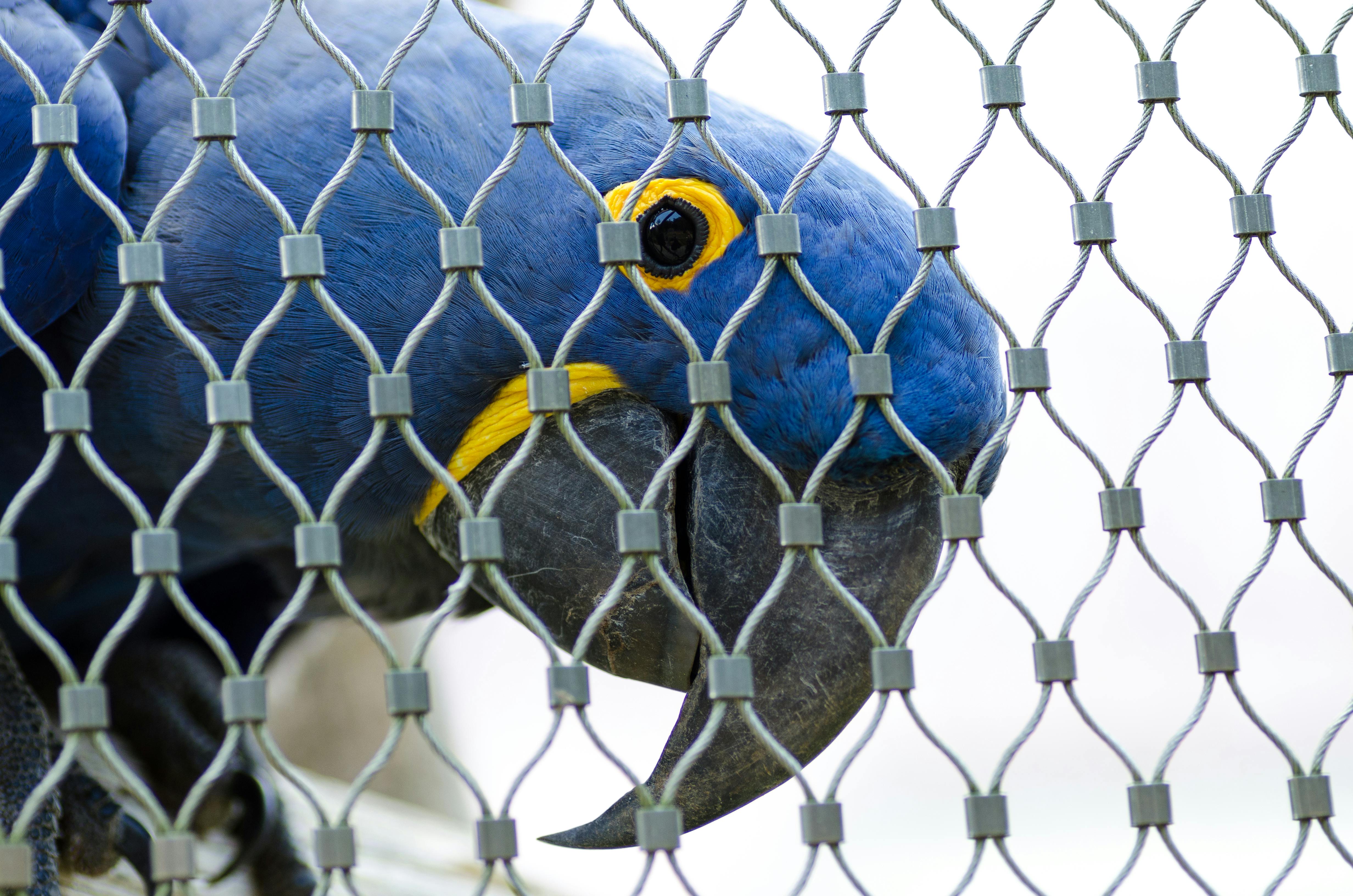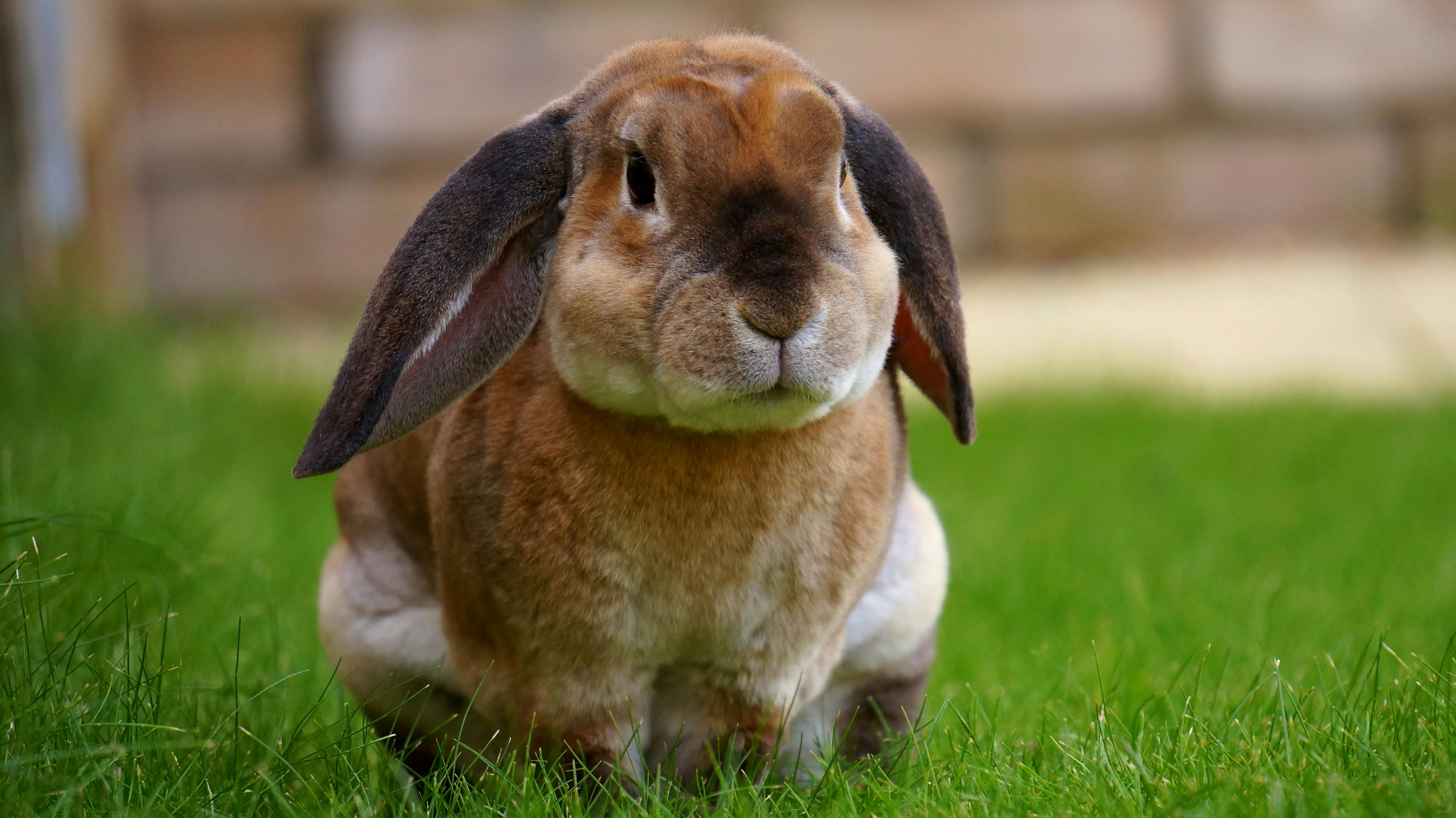Smart Ways to Handle Hamster Poop in 2025: Keep It Clean!

Smart Ways to Handle Hamster Poop in 2025: Keep It Clean!
Keeping your pet hamster healthy and happy goes hand in hand with maintaining a clean environment. Understanding the intricacies of hamster poop and its care is crucial for a successful hamster ownership experience. Not only is it a matter of hygiene, but managing hamster droppings can also be closely linked to your hamster's health and well-being. This article explores the smartest ways to handle hamster poop in 2025, including practical cleaning tips, the importance of hygiene, and how waste management contributes to the overall environment of your hamster’s habitat.
As you navigate through proper pet hamster care, you'll discover the significance of cleaning routines and suitable bedding options to enhance hamster health and happiness. We will also address common mistakes owners make regarding small pet waste management and share effective techniques for coping with the daily realities of hamster droppings. With these strategies, not only will you maintain a clean home, but you will also provide a safe and healthy habitat for your furry friend.
Key takeaways from this guide include practical cleaning advice, details on managing hamster waste, and the relationship between your hamster’s dietary habits and their droppings. Let's delve deeper into the world of hamsters and waste management!
Essential Cleaning Tips for Hamster Owners
Building on the fundamentals of keeping your hamster's habitat clean, implementing effective cleaning tips can dramatically improve your home’s hygiene and your pet's health. Establishing a regular cleaning schedule is one of the best practices to ensure that hamster droppings don’t accumulate, which can lead to health issues for both you and your pet.
Daily Cleaning Routines
One of the easiest ways to manage hamster poop is by making daily cleaning a part of your routine. Spend a few minutes each day inspecting your hamster’s bedding and habitat. If you spot droppings, remove them immediately. This practice not only keeps your hamster’s living space tidy but serves as a preventative measure against the odors that can develop from feces. Common mistakes include neglecting daily clean-up, which leads to a build-up of dirt and can increase stress for your hamster.
Weekly Deep Cleaning
In addition to daily cleaning, performing a more thorough weekly deep cleaning is vital for hamster hygiene. This process involves taking apart your hamster’s cage, cleaning all surfaces with pet-safe cleaners, and replacing the bedding. Choose bedding that effectively absorbs odors while being soft and comfortable for your hamster, such as paper-based or aspen bedding. Deep cleaning ensures that any residual waste is safely removed, preventing potential health issues related to bacteria growth.
Proper Waste Disposal Techniques
After removing hamster droppings, it’s essential to dispose of them correctly. Many owners overlook the specifics of pet waste disposal. Instead of flushing droppings or throwing them in regular trash, consider composting them in a designated area. This promotes eco-friendly pet ownership and keeps your waste management practices efficient. Always check local regulations regarding pet waste disposal to ensure compliance.
Understanding Hamster Droppings and Health Indicators
With these basics established, let’s explore the connection between hamster poop and your pet’s health. Understanding what normal droppings look like provides valuable insights into your hamster's diet and overall well-being. Healthy feces should be hard and small, resembling little pellets. Changes in their appearance, such as softness or unusual colors, can indicate dietary issues or health concerns.
Analyzing Hamster Droppings
Regularly analyzing your hamster’s droppings can give you early warning signs about their health. Unusual colors may indicate an imbalance in nutrition or hydration. Hamsters need a well-rounded diet, including high-quality pellets, vegetables, and occasional treats. Adjusting their diet could resolve issues with their droppings and improve their health overall. Monitoring droppings not only provides feedback on their diet but also influences hamster behavior by encouraging a more invigorating environment.
Signs of Healthy Hamsters
To ensure your hamster has a healthy life, familiarize yourself with what constitutes healthy droppings. Apart from firm and uniform shapes, a consistent feeding routine is essential for maintaining optimal digestion. Regular check-ups can also help spot any underlying health issues. A veterinarian experienced in small pets can offer advice tailored to your hamster.
Common Health Issues Linked to Droppings
As you observe your pet's droppings, be aware of common health issues that could arise. Soft stools could indicate stress, a sudden change in diet, or a bacterial infection. If your hamster shows symptoms like weight loss or lethargy, seek veterinary care immediately. Prevention through proper diet ensures fewer issues with hamster droppings and supports their overall health.
Best Bedding Options for Managing Hamster Waste
Connected to hamster poop management is the choice of bedding—a critical aspect of your hamster’s habitat setup. The right bedding can absorb waste efficiently and minimize odors, contributing to a better living environment for your pet.
Evaluating Bedding Types
When choosing bedding for your hamster, consider options like aspen shavings, paper-based bedding, or fleece. Each type has its pros and cons, so evaluating which one suits your hamster's needs best is essential. Paper-based bedding is often praised for its absorbency and comfort, while aspen shavings provide a natural substrate. Whatever you choose, avoid cedar or pine shavings, as they can be harmful to your hamster’s health.
Changing Bedding Regularly
Frequent changes of bedding are necessary to maintain cleanliness. Aim for at least a full bedding change once a week, while spot cleaning as needed. Establishing a routine not only helps you manage hamster poop effectively but also ensures that your furry companion remains comfortable and safe.
Creating a Comfortable Environment
By selecting the right bedding, you can create an inviting and safe environment for your hamster to thrive. Basic hamster needs include a clean and secure habitat that promotes comfort, reducing behaviors associated with stress. Periodic assessments of your hamster's habitat will help you ensure it remains an enriching and enjoyable space for play and relaxation.
Hamster Waste Management Strategies
Following this approach, effective waste management strategies are crucial to maintaining a clean space for your hamster. Implementing a structured routine will ultimately pay off as you notice improved hamster health and reduced stress.
Litter Training Your Hamster
Litter training is an innovative method that helps in managing hamster waste. Equipped with a litter box filled with critter litter, many hamsters can be trained to use it as a designated area for their droppings. This not only simplifies the cleaning process but also encourages a cleaner living space. Transitions to litter training can vary; some hamsters adapt quickly, while others may take longer. Urging them to their designated spots regularly can speed up the process.
Utilizing Hamster Accessories for Cleanliness
Incorporating hamster accessories can further enhance waste management. Choose toys and tunnels that are easy to clean and made from safe materials. Activities that encourage movement will also benefit their dietary needs by encouraging an active lifestyle. Not only will these elements contribute to hamster enrichment, but they will also support good hygiene.
Implementing a Cleaning Schedule
Lastly, generating a cleaning schedule can streamline the upkeep of your pet’s habitat. Regularly evaluate your cleaning frequency to ensure it meets the needs of your hamster. Tracking how often you replace bedding and clean areas will help you maintain hamster health and hygiene to avoid common mistakes.
Q&A: Managing Hamster Droppings
If you still have questions regarding hamster poop management, you’re in the right place! Here are some common questions accompanied by practical solutions.
What Do I Do If My Hamster's Poop Is Soft?
Soft poop can indicate a dietary issue or stress. Review your hamster’s diet and consult with a veterinarian if the problem persists.
How Often Should I Clean My Hamster's Cage?
Daily spot cleaning is recommended, with a thorough clean at least once a week. This helps prevent buildup and potential health issues.
Can I Use Regular Cat Litter for My Hamster?
No, regular cat litter can be harmful to hamsters. Use specific pet-safe bedding or litter designed for small animals.
By taking a proactive approach to managing hamster poop, you will contribute significantly to your pet’s overall well-being and help create a safe, clean, and enjoyable living environment. Now, embark on the journey of being a responsible hamster owner and witness the benefits of a cleaner habitat for your furry friend!

